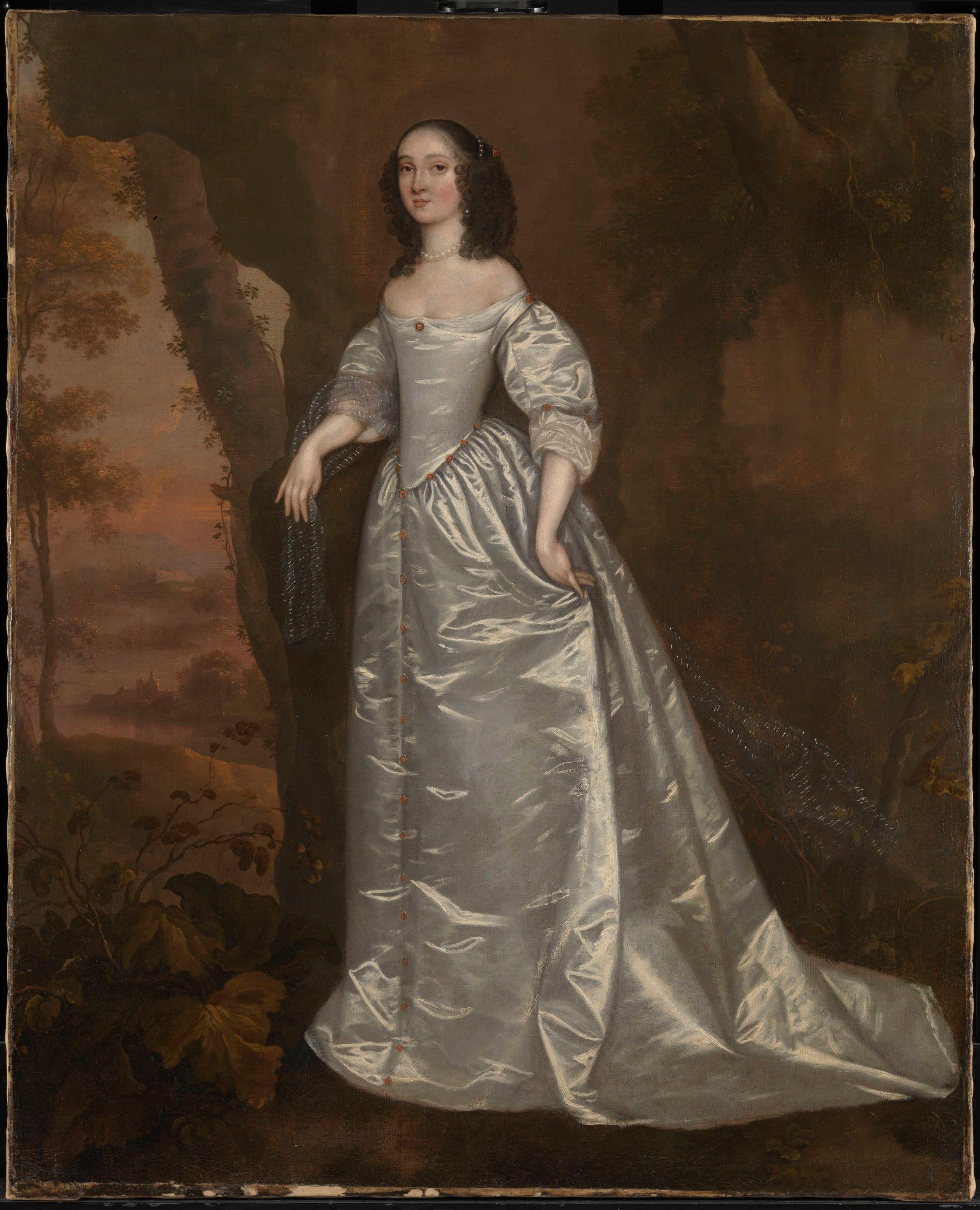(MENAFN- USA Art News) All change in Pimlico. For the first time in a decade, Tate Britain has rehung its collection.
The reassessment of the Millbank gallery's more than 800 works-the most comprehensive collection of British art in the world-has been overseen by Alex Farquharson, Tate Britain's director, who today presented the new Tate Britain to the public for the first time.
“A lot of things have changed, Farquharson tells The Art Newspaper.“You still get celebrated works and celebrated artists-but also new voices and rediscoveries.”
So what should we expect?
Tate's collection spans five centuries, with paintings that date back to the Tudor period through to the present day.
Farquharson wanted to reinterpret the collection, he says, so as to provide“a new way of seeing British art history”. He adds:“This is a huge enterprise, the greatest collection of its kind. I want [Tate Britain] to work for as many people as possible, including people for whom it's their first visit and their first encounter with art.”
The rehang ensures Tate Britain's collection is brought up to date with the country it serves and represents, with recent discoveries and newly commissioned contemporary works now sitting alongside works the Tate is best known for.
“We wanted to include all of the Tate's great favourites, but also offer a whole host of new discoveries,” Farquharson says.
The rehang now shows-beside the familiar pre-Raphaelite, Jacobean and Tudor classics-200 contemporary works that have been acquired by the Tate since 2000, with 70 works bought over the past five years. The youngest artist featured is Rene Matić, a photographic artist from Peterborough who was born in 1997.

Rene Matić, Chiddy Doing Rene's Hair (2019) © Rene Matić. Photo Tate (Sonal Bakrania)
Tate Britain's rehang includes newly conceived and curated rooms that focus, thematically, on particular moments in modern British history.
“We wanted to talked about art through a social, cultural and political lens,” Farquharson says.“Art is not made in a vacuum. Each room is curated as an example of storytelling. But we also wanted to provide different sides to a given era through the art created at the time.”
A room titled“Fear and Freedom”, for example, looks at a group of works in the years after the end of the Second World War, exploring events like the fall-out of the nuclear bomb attacks on Japan and the beginnings of the Cold War with Russia.
Another room, titled“A Room of One's Own”, a phrase taken from an essay written by Virginia Woolf, for example, is dedicated to interior designs from the early 20th-century created, for the most part, by female artists. The room includes little-known paintings of working-class women by the artist and activist Sylvia Pankhurst, the second daughter of Emmeline Pankhurst, the founder of the Suffragettes movement.
A further room, titled“In Full Colour”, looks at the works made in the UK as Pop took over Modern art. The movement emerged during the television era of the 1950s and flourished in the 1960s, primarily in New York, coalescing around artists like Andy Warhol, Robert Rauschenberg and Roy Lichtenstein. But Tate Britain has recognised Britain's contribution to the Pop movement, spotlighting the work of overlooked artists working in the genre like Pauline Boty and, to a degree, Peter Blake.
For visitors familiar with the Tate collection, some things will remain the same.
The chronology of the collection remains, with visitors taking the same journey through the building as they did before the rehang.“It felt really important to keep the chronological thread,” Farquharson says.“Visitors still begin in the same place and end in the same place, which is to do with the nature of the architecture of the building.”
Equally, some of the best-known works in the collection are still very much present.
The new rehang at Tate Britain retains seven rooms dedicated to the work of the 19th-century romantic painter J.M.W. Turner, in line with the terms of the artist's bequest. One room remains dedicated to the paintings of the pioneering English landscape painter John Constable. The abstract sculptor Henry Moore has two rooms.
But the Tate has also decided to dedicate entire rooms to artists who were initially overlooked by their peers.
One room, for example, is dedicated to the Guyanese painter Aubrey Williams, who emigrated to the UK from Georgetown, Guyana in 1952, and whose work combines studies of American and European Abstract Expressionism with motifs inspired by indigenous art from the Americas.
Farquharson recognises that there is still work to be done in recognising the“gaps” in British art history.“If you're relating art to society, but trying to do so in a representative democratic inclusive way, what do you do with the gaps?” he asks.“You sometimes need to read a painting against the grain. You need to look at its implicit message as well as its explicit one.”
Another space focuses on Joan Carlile, whose art dates back to 1650-she is thought to be the first woman in Britain to work as a professional oil painter.

Joan Carlile, Portrait of an Unknown Lady (1650-55) Photo: © Tate
“Each room is different-almost like a mini exhibition,” Farquharson says.“When you walk through the collection, you're crossing great spans of time, artistically and historically. But, nevertheless, the challenge for us is how to establish continuity amid those differences.”
He adds:“These mini exhibitions are like individual pearls on a string. It's a journey of different perspectives.”